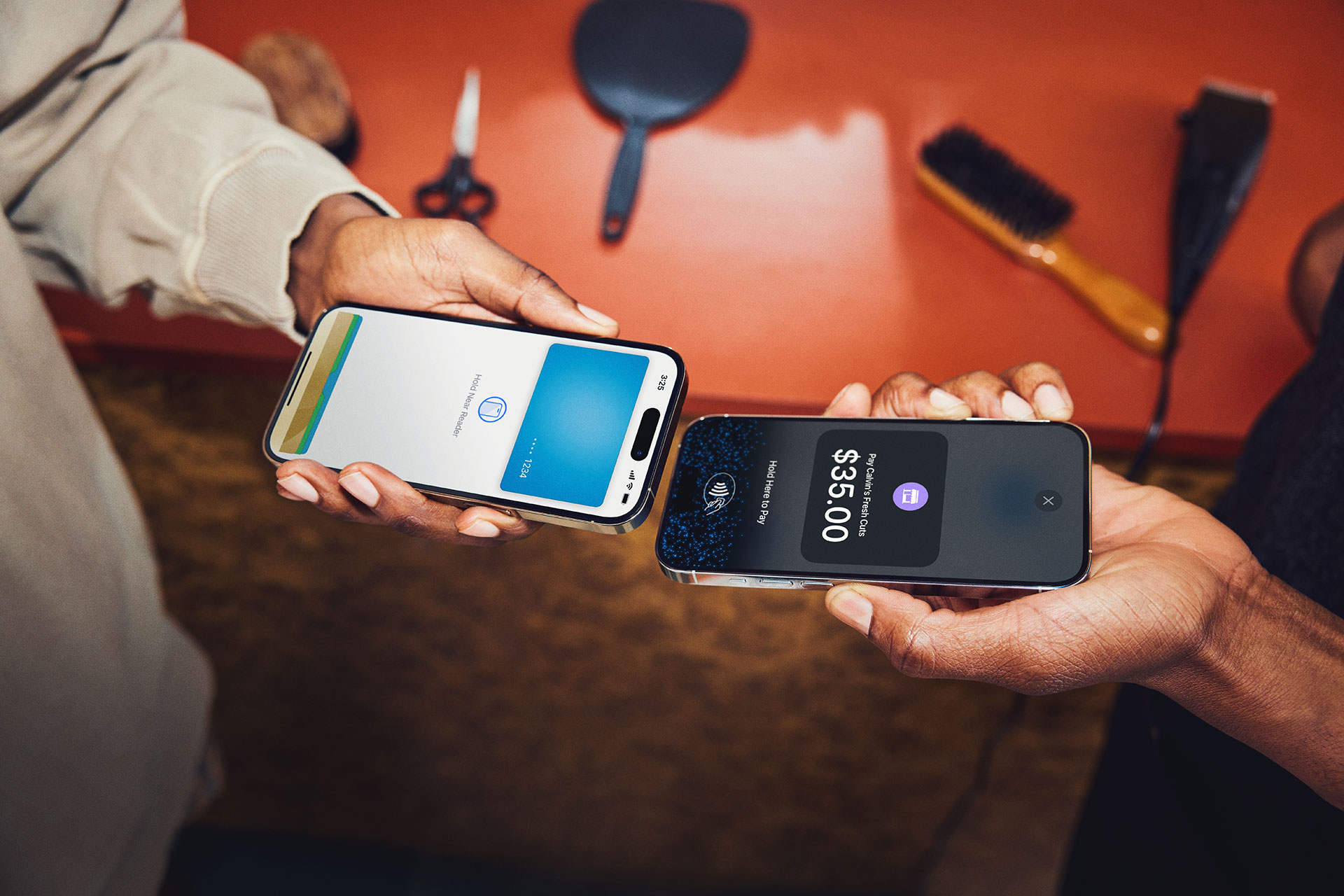While some may argue that sending money using Morse code was not up to today’s digital standards, it was the first financial transaction that did not require both parties to be simultaneously present in telegraph offices.
The next phase in the evolution of electronic payments came in 1950. That’s when Frank McNamara, who’d forgotten his wallet while dining in New York, and his business partner, Ralph Schneider, invented Diners Club as a method to pay without carrying cash. Although Diners Club was the first credit card, it was limited to dining and travel.
In 1958, San Francisco-based Bank of America sent the first modern-day credit card to select California customers. Unlike Diners Club, the BankAmericard was a general-purpose credit card that allowed cardholders to pay down their balance over time instead of in a single payment at the end of the month.
Electronic Payment Systems
The 1970s brought the Electronic Funds Transfer (EFT) system, which revolutionized the world of finance by enabling the direct transfer of funds between account holders. The 1990s saw the advent of online banking and the rise of e-commerce, paving the way for the modern era of electronic payments.
The first company to pioneer a digital payment system was PayPal, founded in Palo Alto, Calif. in 1998. The company grew rapidly on the tailcoats of eBay, reaching 1 million members by 2000 and 100 million globally by 2011.
Starting in the late 2000s, MasterCard and Visa, which dominate the credit and debit card market, introduced contactless credit cards. According to Thales Group, more than 2.6 billion contactless payment cards were in circulation worldwide as of 2023.
Innovative technologies played a pivotal role in the growth of electronic payments, fueling a financial ecosystem that offered convenience, security, and unprecedented flexibility. Key innovations include:
- Contactless payments – Near Field Communication (NFC) drove the development of contactless payment systems that let users make transactions by simply tapping their cards or mobile devices at point-of-sale (POS) terminals. COVID-19 significantly boosted the use of these systems as consumers and merchants sought to minimize physical contact. During the pandemic, 25% of consumers first experimented with contactless payments, including card, mobile, or peer-to-peer (P2P) payment options, according to Ipsos. Visa reports that this behavioral change was permanent with 65% of users wanting to continue utilizing contactless payments after the pandemic.
- Mobile wallets and apps – Mobile payment platforms like Apple Pay, Google Wallet, and Samsung Pay have made it possible for users to store their payment information securely on their smartphones and make purchases with ease. This has made the payment process more efficient, reducing the friction associated with traditional cash-based transactions. Mobile payment apps and digital wallets have made electronic payments accessible to a wider audience, increasing their popularity among those in underbanked or remote regions. The popularity of P2P apps like Venmo and Zelle drove transaction volume to $1.4 trillion in 2023, increasing to $2.3 trillion by 2026.

P2P payments allow individuals to send money using a mobile app or website to people or businesses without using traditional banking methods like a debit card, credit card, cash or check. Venmo and Zelle are popular P2P payment apps, particularly among younger demographics who drive the rise in P2P payments.
- Payment security – Innovative security technologies introduced in electronic payments to protect against fraud and unauthorized access, from chip-and-pin to biometric authentication, including fingerprint and facial recognition, plus tokenization, have instilled greater trust in consumers. Secure accessibility empowers individuals and businesses to participate in the digital economy, fostering financial inclusion and economic growth.
- Point-of-sale and online payment systems – Square, rebranded as Block, is known for its point-of-sale systems and mobile payment solutions, Square has enabled many a small business and independent vendors to accept electronic payments with minimal hassle. Another new player, Stripe, specializes in online payment processing and has become very popular among developers by offering tools that seamlessly integrate payment systems into websites and mobile apps. That popularity has translated into a valuation of $65 billion for the 14-year-old startup.
- Buy Now, Pay Later (BNPL) – BNPL services, such as Affirm, Afterpay, and Klarna, are gaining popularity among consumers, particularly younger generations. These services offer flexible, interest-free installment plans, providing an alternative to traditional credit cards.
- Cryptocurrencies – Bitcoin and Ethereum introduced the concept of decentralized digital currencies, providing an alternative to traditional banking systems. Digital wallets, like Coinbase, offer users secure platforms to store, manage, and transact with cryptocurrencies. Digital currencies rely on blockchain to enhance security and transparency. While cryptocurrencies have gained mainstream acceptance as alternative payment methods and a means of exchange and investment, their future remains uncertain.
The electronic payments landscape has undergone a transformative shift driven by technology advancements, altered consumer behavior, and the need for secure and convenient payment solutions. Like all technology fields, machine learning and AI will majorly impact electronic payment systems. AI technologies will analyze transaction patterns to detect and prevent fraud, further enhancing security and user experience. Ongoing sector innovation promises to deliver even more secure, efficient, and user-friendly payment solutions in the future.
Ubertrends: Digital Lifestyle, Unwired

